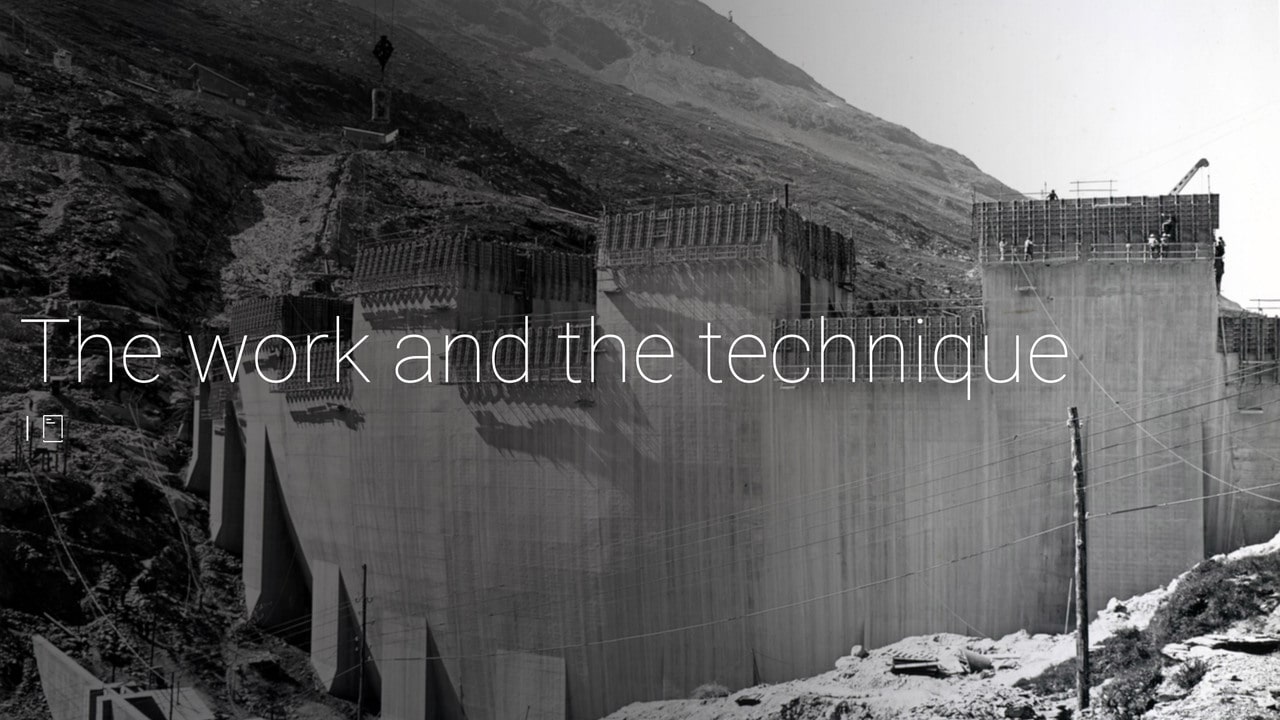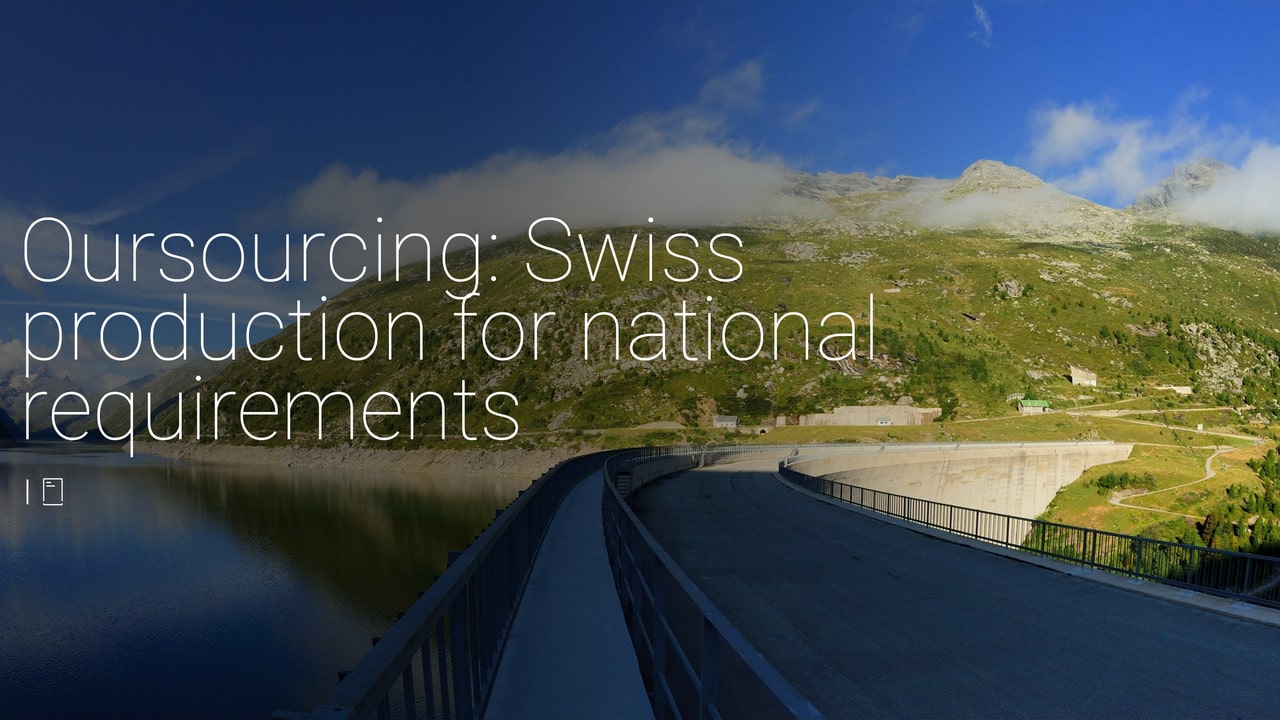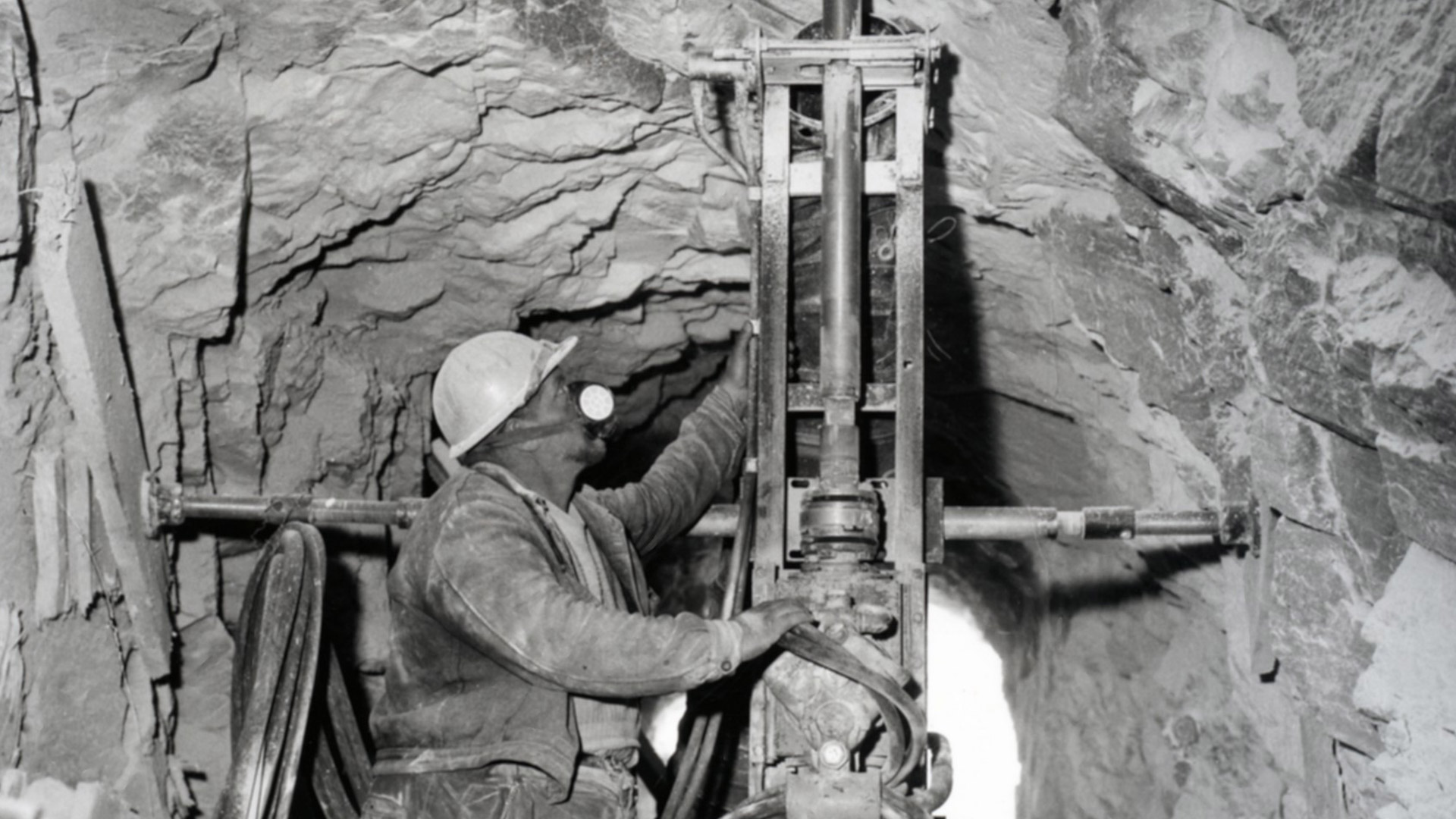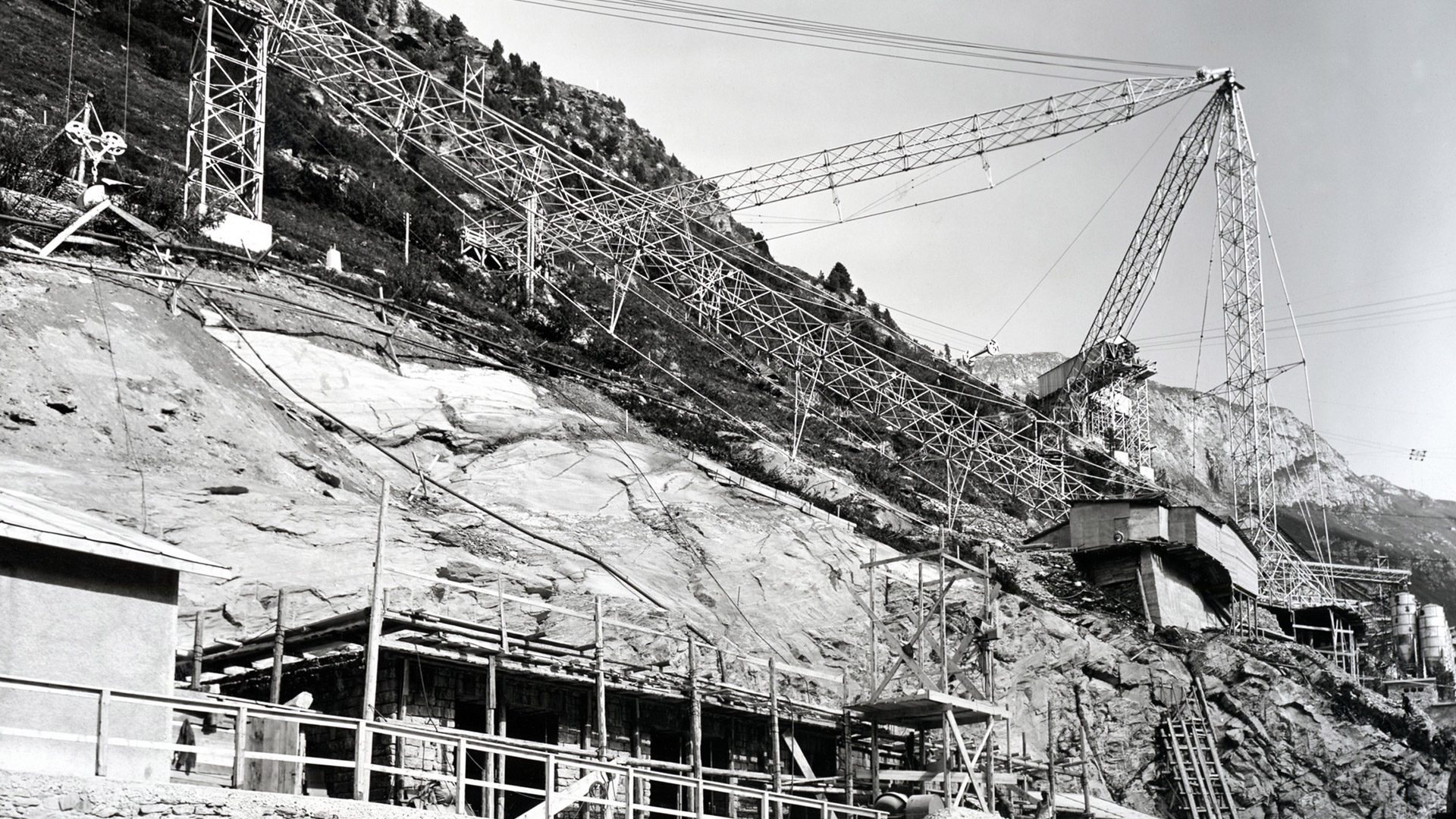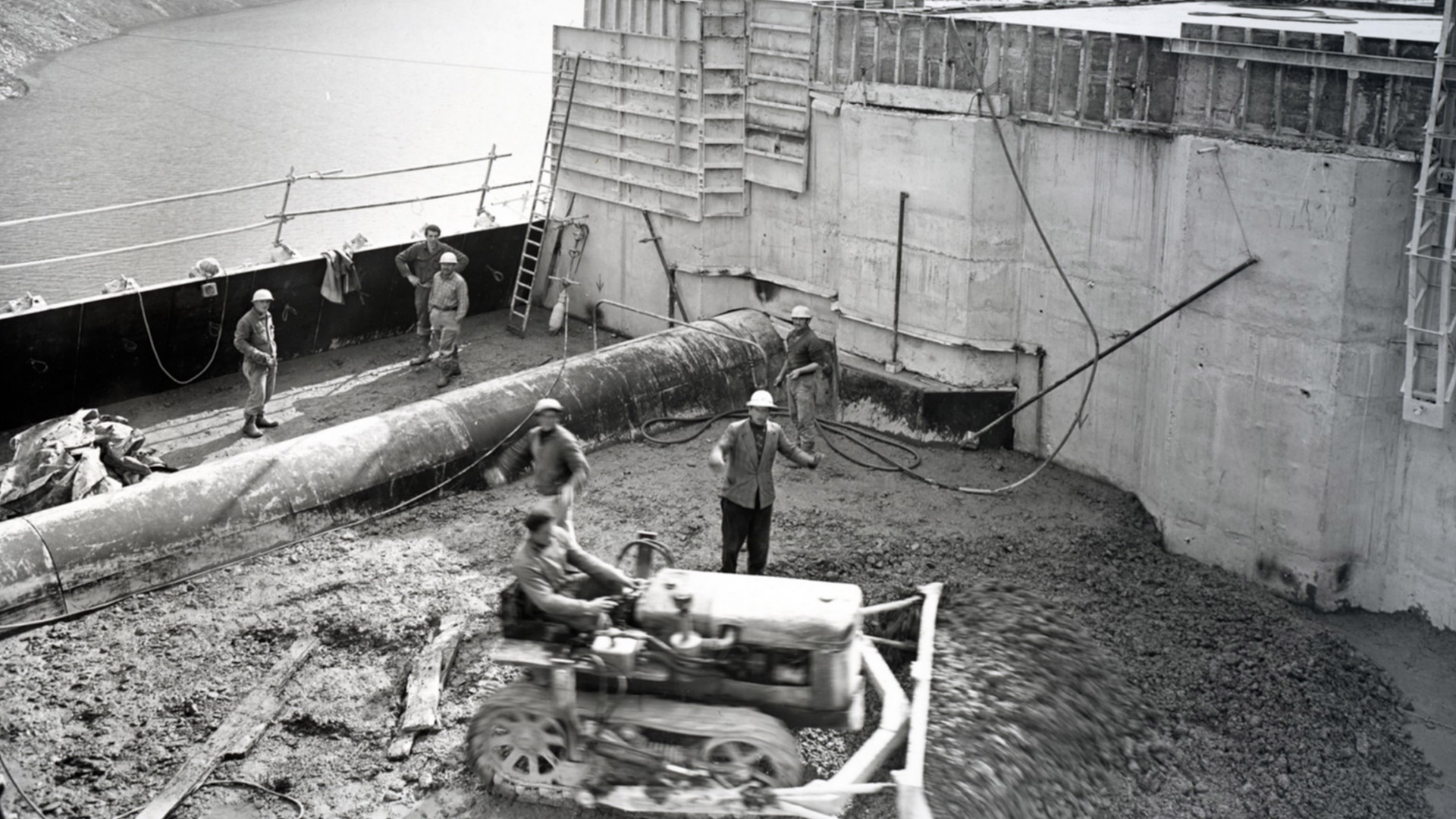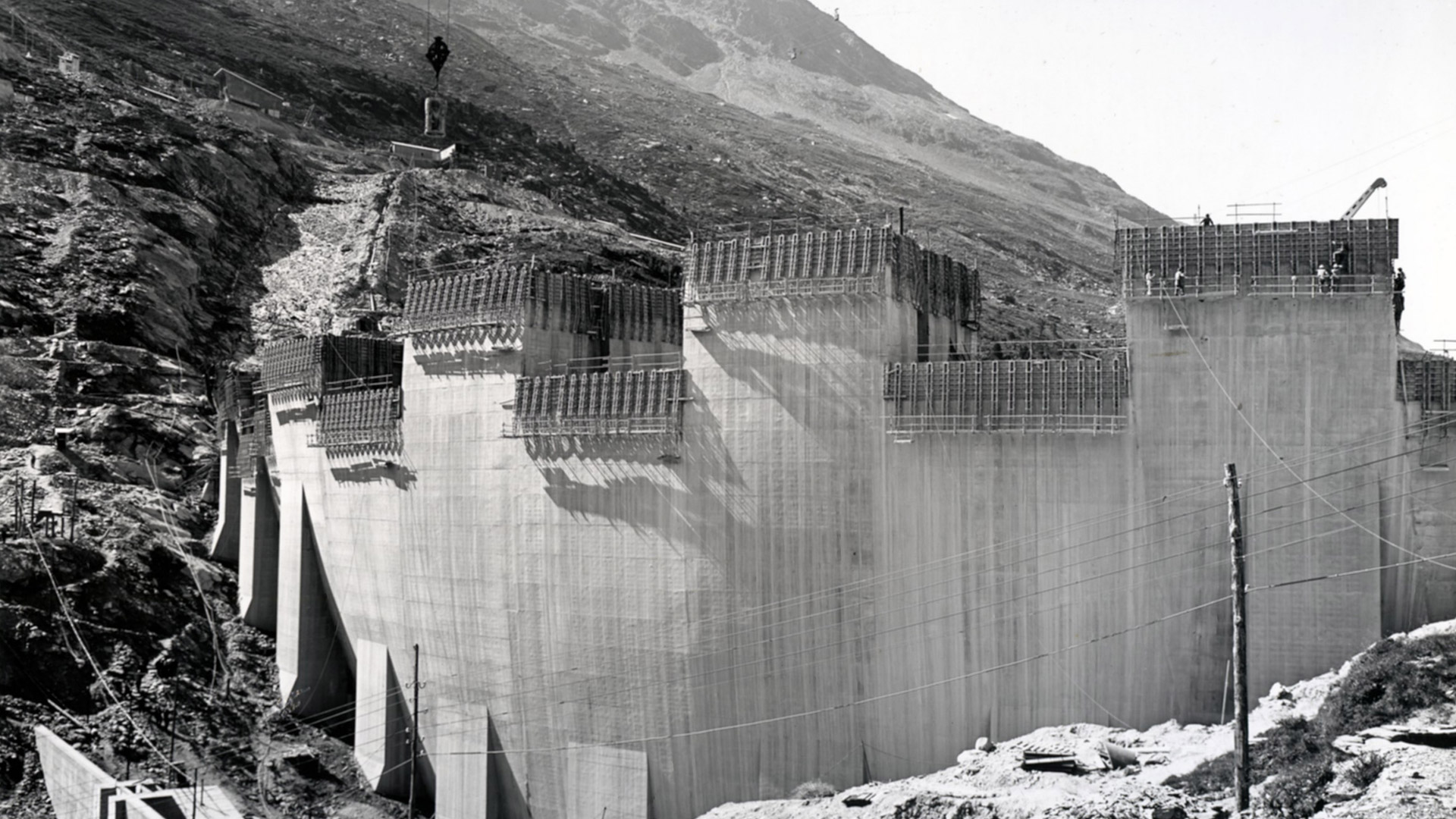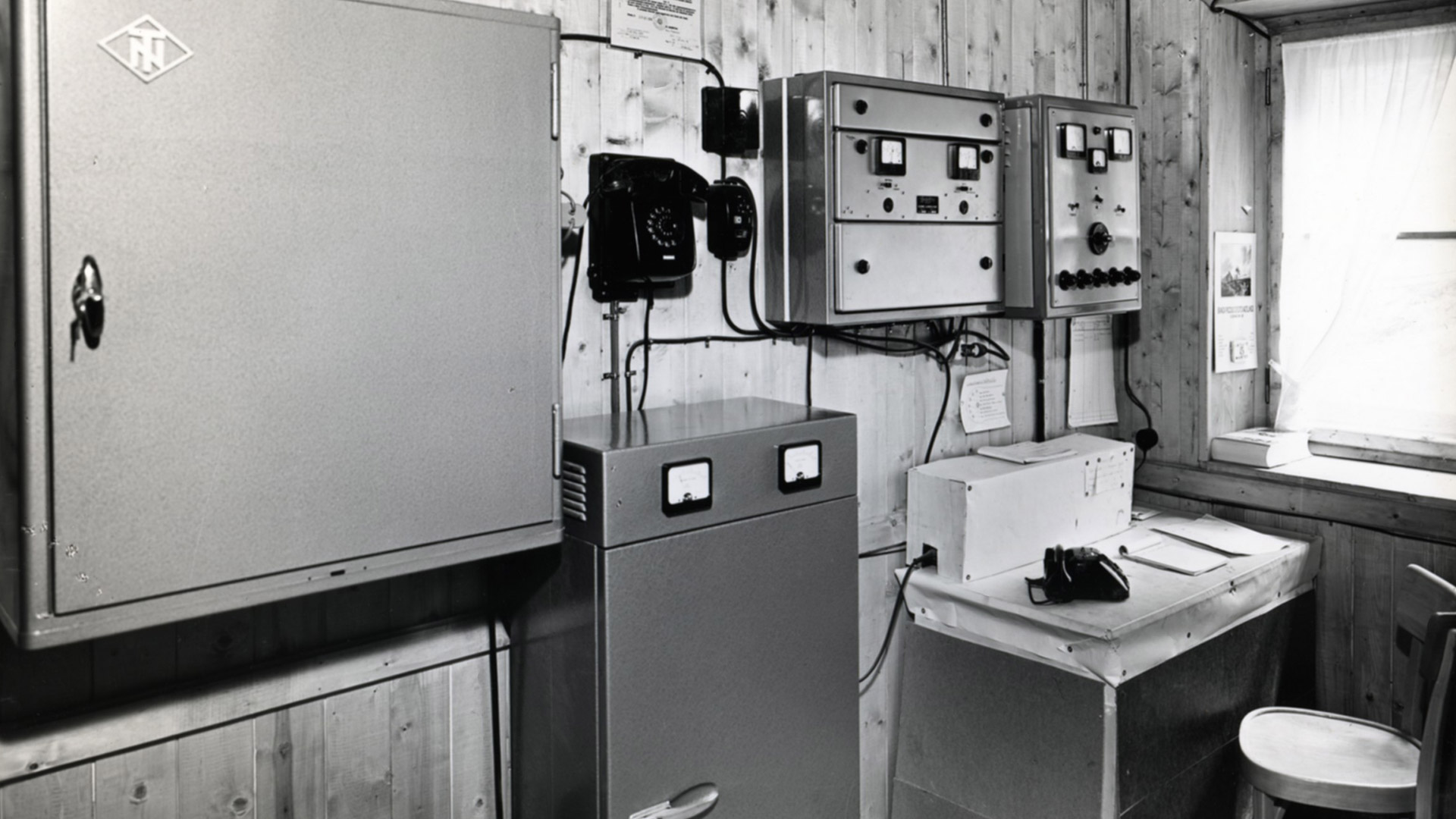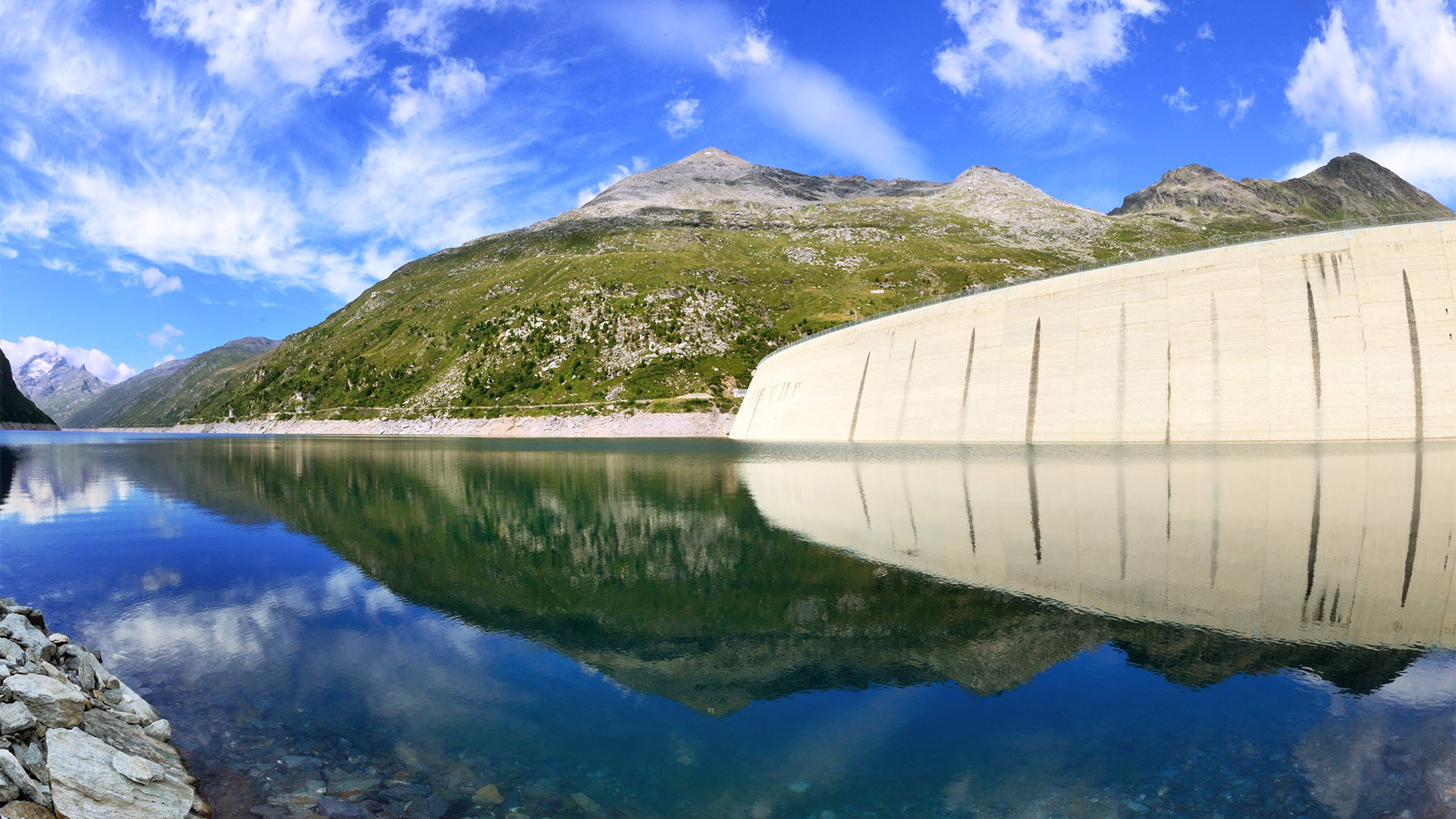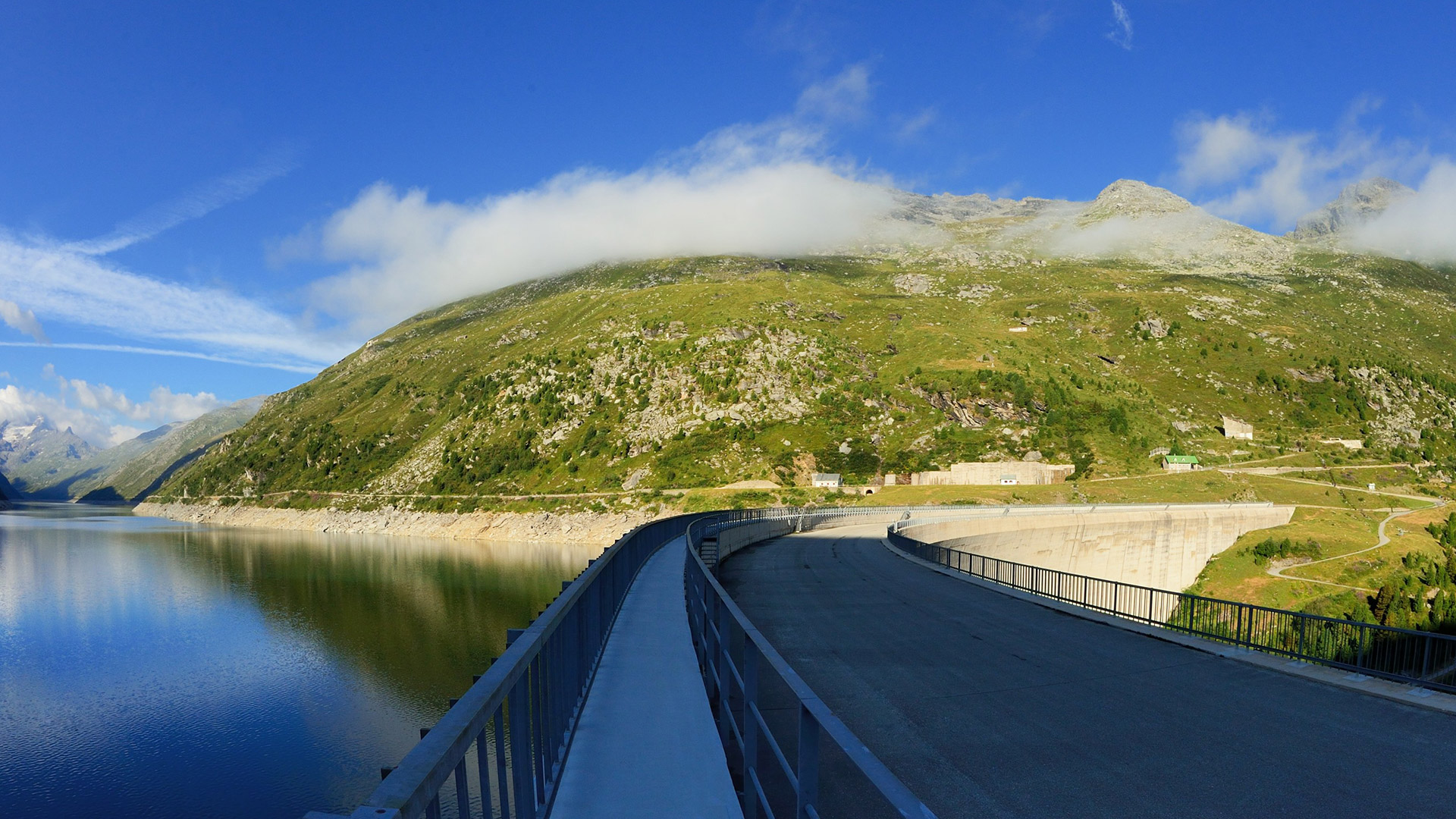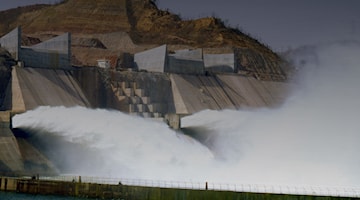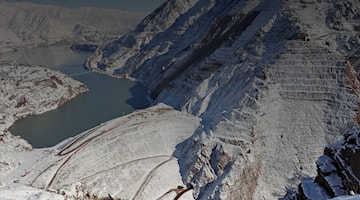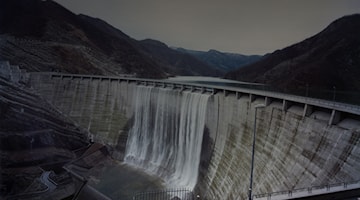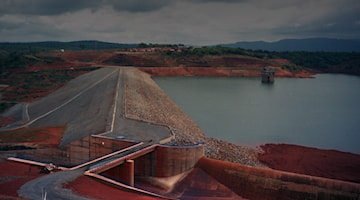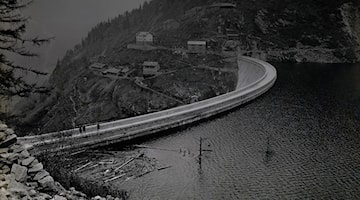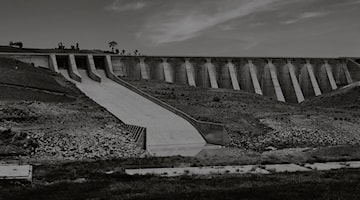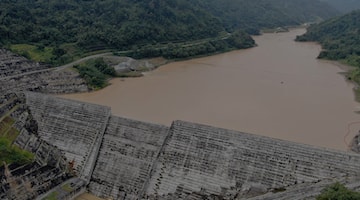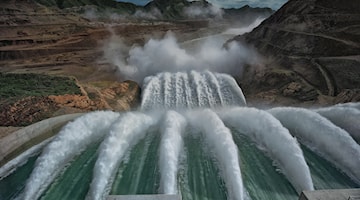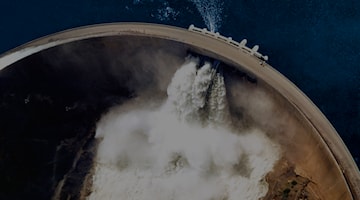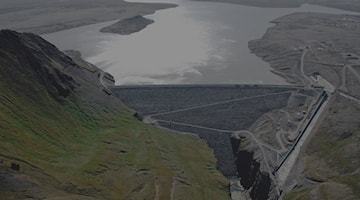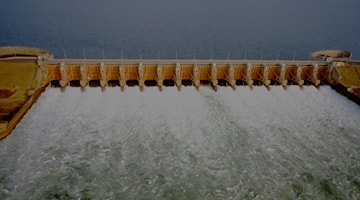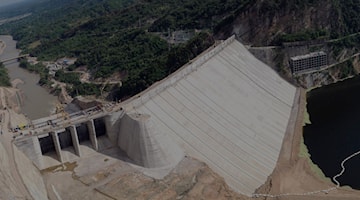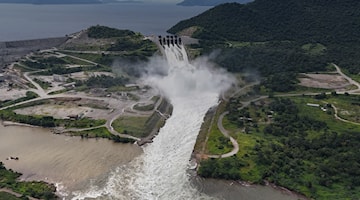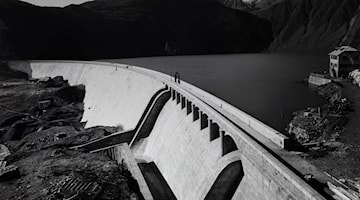Italy-Switzerland: a win-win match
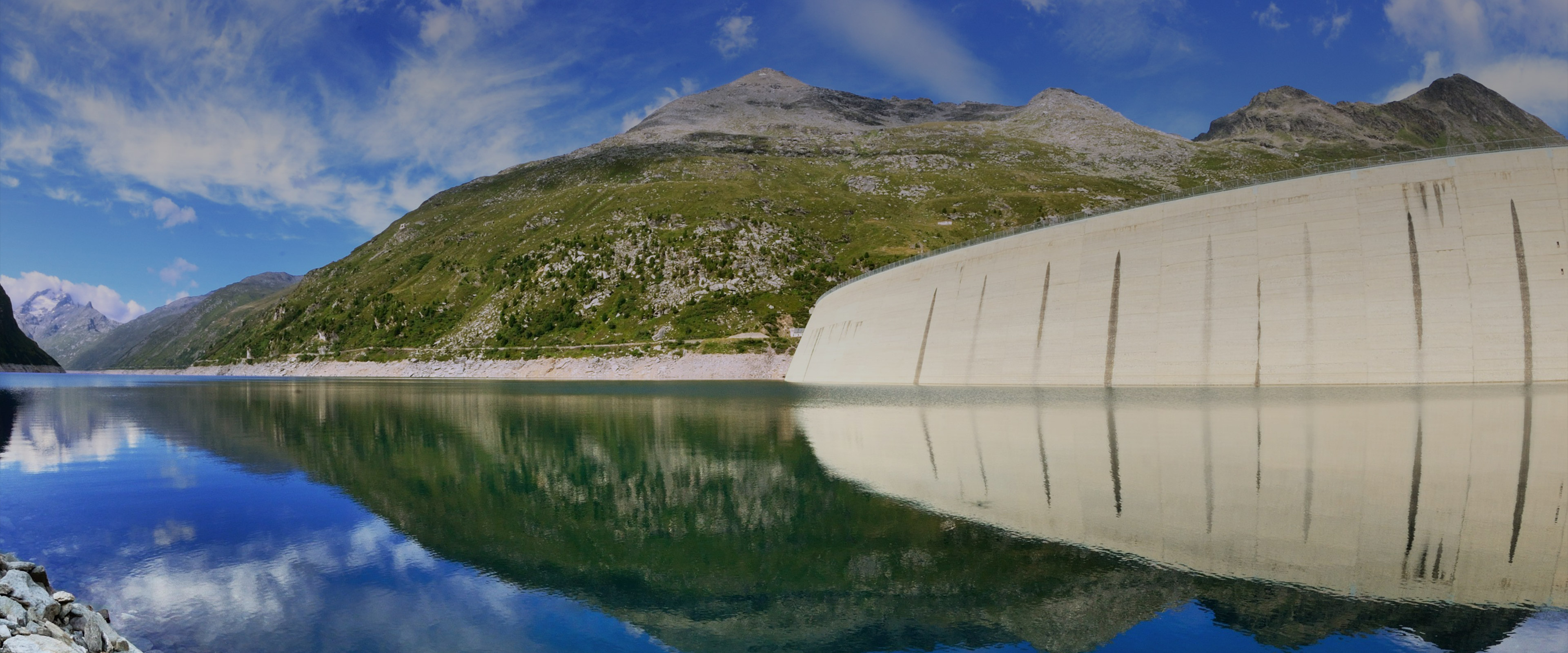
VAL DI LEI DAM, ITALY
Without the existence of dams, Man could not irrigate fields and meet his water requirements. The Egyptians, the Babylonians and Persians, the ancients, already knew this. Although, their needs were surely different from ours: at the beginning of the Christian era, 250 million people lived with a daily water consumption of slightly over a few litres each. Now, the amount has reached 220 litres per person, In Italy alone, daily water consumption per person ranges between 50 and 400 liters, depending on local conditions, within the context of a global population of 8.2 billion.
World Bank data from 2020 shows that there are over 57,000 dams taller than 15 meters in 150 countries around the world. Among these, the Val di Lei dam, which was built from 1957 to 1960 also breaking a few records: works were finished 3 years in advance, with the largest crest length ever to be built until that moment. It was inaugurated in 1961 and filled in 1962. It is Switzerland's third largest. It is 141 metres tall with a crest length of 690 metres, built at 1,932 metres ASL, with a volume capacity of 197 million cubic metres. 2.2 million quintals of cement were used for it (twice the weight of Milan's Duomo).
Two cableways, a road and a tunnel were also built to bring the dam to life. The latter is located on the Italian-Swiss border and represented an unusual example of across-the-border collaboration.
The piece of land upon which it is built, originally Italian, was later exchanged with Switzerland for another piece of land up north. The dam is in Switzerland, while the largest part of the reservoir and the river that provides the water, the Reno di Lei, are in Italy (in the province of Sondrio). The electricity ensured to Italy, due to the bilateral agreements, foresaw receiving 20% of the total produced by the Swiss plant. The dam is part of the Upper Hinterrhein (Hinterrhein) hydroelectric complex, which with three power plants produces 1,325,000,000 kWh of energy, annually.
Thanks to the artificial lake, this unique Italian-Swiss valley also increased its tourism: in winter, the many skiers. During summer, excursionists, trekkers, lovers of recreational fishing and natural trails from Italy visited it, as it can be reached on foot. While from the Swiss side, you can arrive by car. The area offers parking lots for campers and an educational centre with information on the dam's history.
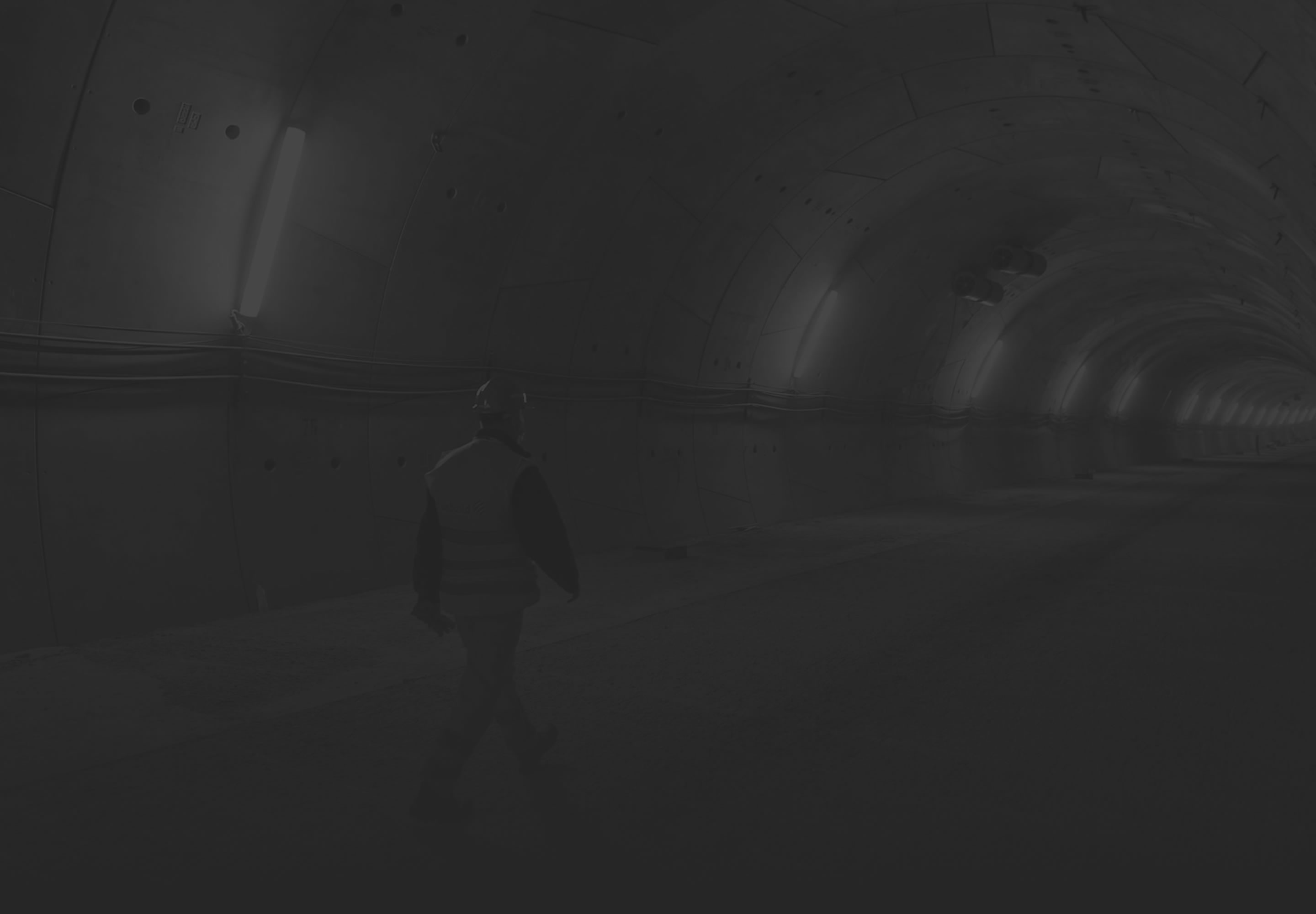
THE WORK AND THE TECHNIQUE
METERS HEIGHT
METERS CREST LENGTH
METERS CREST ROPE
METERS ASL CREST ELEVATION
M³ RESERVOIR VOLUME
CEMENT
Kraftwerke Hinterrhein AG - KRR – Thusis
Gi.Lo.Va.L. (Girola, Lodigiani, Val di Lei)
The Val di Lei Dam is a masterpiece built by the construction company, Gi.Lo.Va.L. - to which Girola and Lodigiani belonged (both companies later merged into the Webuild Group). It was among the double curvature arch gravity dams with the largest crest length in the world at the time.
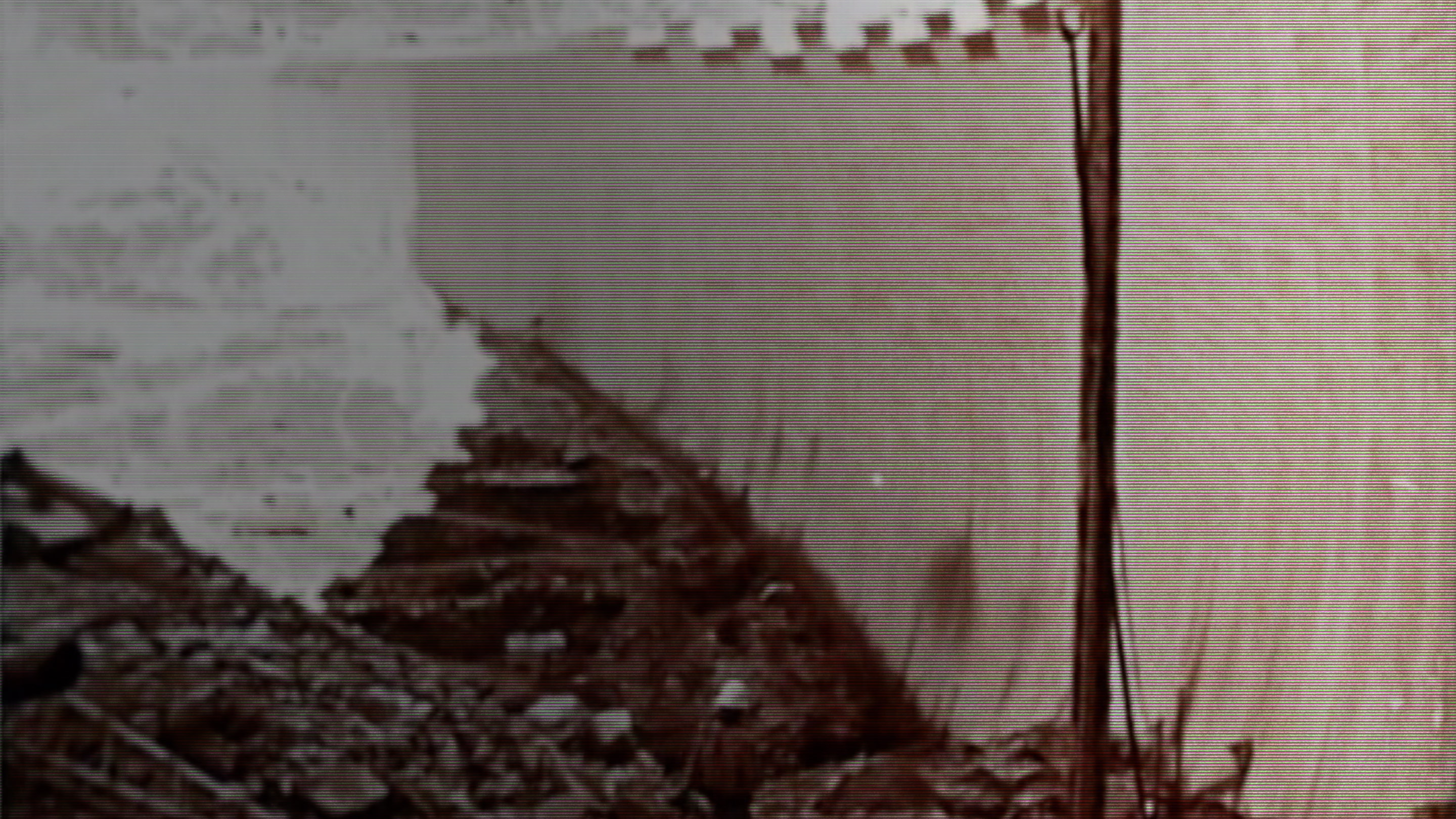
Un metro lungo cinque
(Ermanno Olmi, 1961)
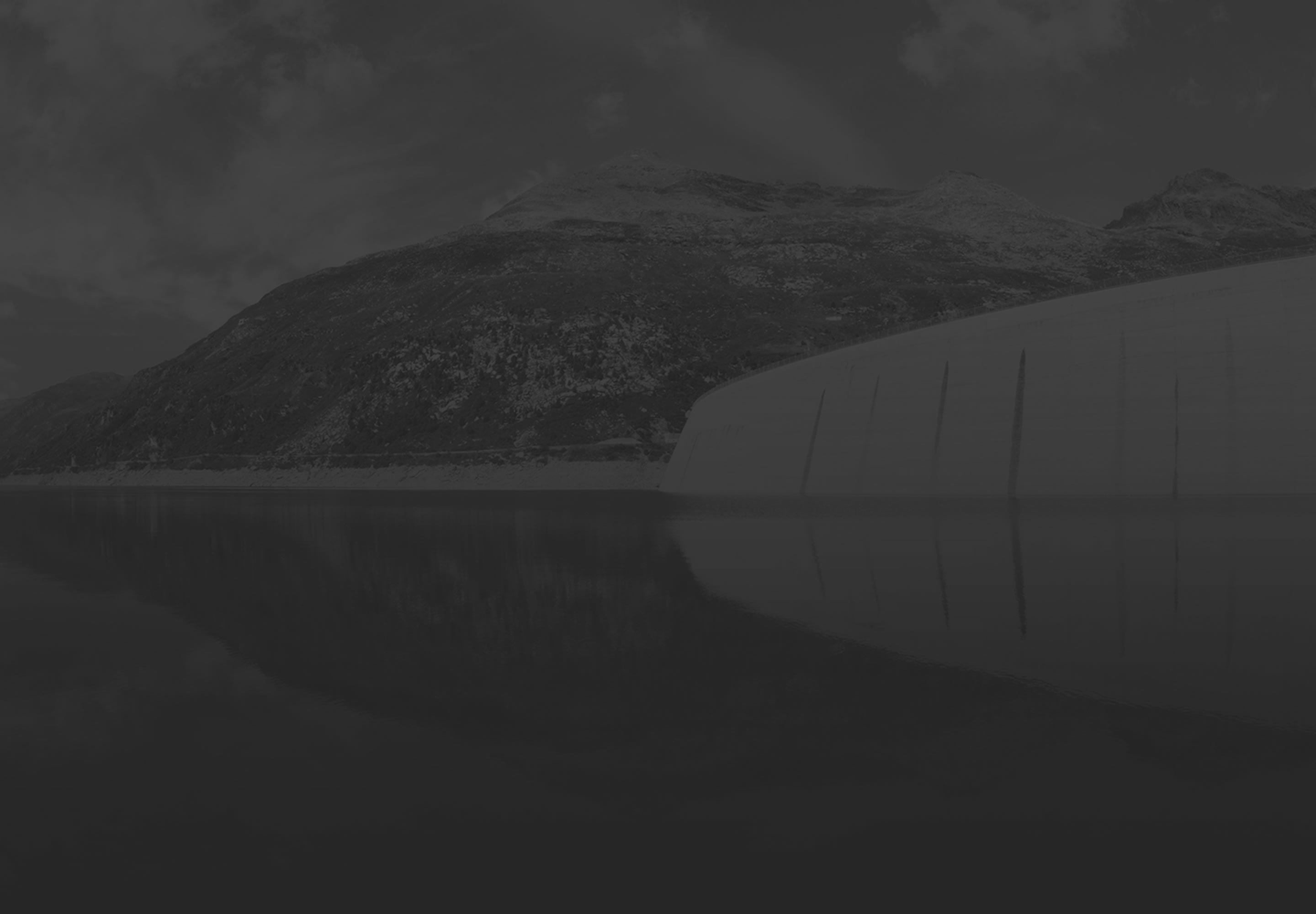
CULTURAL INSIGHTS

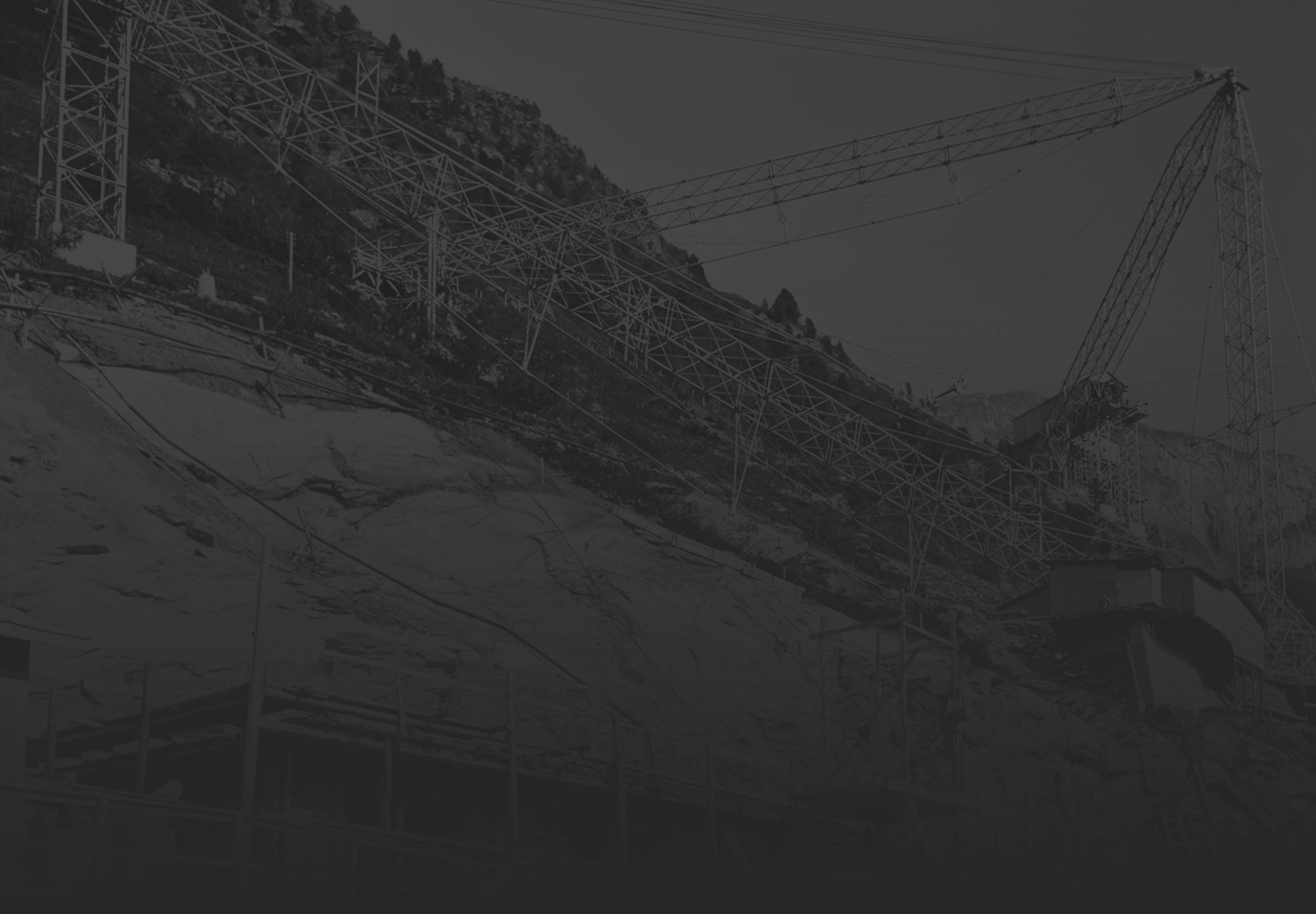
Oursourcing: Swiss production for national requirements
Hydroelectric energy boosted Italy's industrial boom from the end of the 19th century to the mid years of the 1960's of the last century, when requirements grew so much that they exceeded the nation's production capacity, and Italy had to look abroad to meet them (mainly petrol and methane gas).
In this sense, the bilateral agreements signed in 1955 with Switzerland stipulated that Italy was entitled to 20 percent of the output produced by the Swiss plant in Val di Lei, compared to the 30 percent gross hydraulic power guaranteed to Italy by the 1948 agreements.
This is why, when in 1962 the dam started to function, after the reservoir's filling was prolonged for a year, Lombardy became the second Italian region with regard to its kWh production, just behind the Trentino - Alto Adige Region. The following year, when Enel was founded, following the nationalization of the energy sector, hydroelectric energy covered Italy's needs by over 67%.
You could also be interested in







